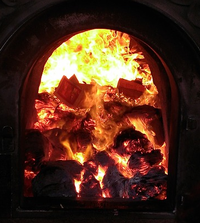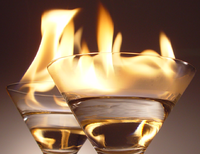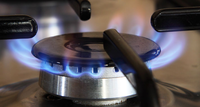Difference between revisions of "Combustion"
| Line 9: | Line 9: | ||
===Examples=== | ===Examples=== | ||
| + | {| class="wikitable" | ||
| + | |- | ||
| + | |[[File:SolidBurning.png|center|200px]] | ||
| + | |[[File:LiquidBurning.png|center|200px]] | ||
| + | |[[File:GasBurning.png|center|200px]] | ||
| + | |- | ||
| + | | style="height:20px; width:200px; text-align:center;" |A [[solid]] '''burning'''. | ||
| + | | style="height:20px; width:200px; text-align:center;" |A [[liquid]] '''burning'''. | ||
| + | | style="height:20px; width:200px; text-align:center;" |A [[gas]] '''burning'''. | ||
| + | |} | ||
Revision as of 11:21, 31 August 2018
Contents
Key Stage 2
Meaning
Burning is a chemical reaction that happens when something catches fire.
About Burning
- Materials can only burn if there is enough air.
- Substances cannot burn underwater or in empty space.
- Anything that burns is called a fuel.
Examples
| A solid burning. | A liquid burning. | A gas burning. |
Note to Teachers
Students often don't recognise the difference between heating and burning. When asked what happens to a substance when it is heated they will say 'burn' when melting would be a more appropriate response. Students also do not always recognise the necessity of oxygen (or at least air) when things burn.


